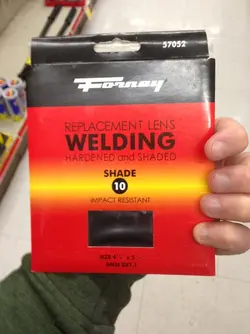First of all, you CANNOT replicate an ND or G-ND in post; you can, apply a digital filter which mimicks SOME of the effects, however, if there are blown highlights or deep shadow in the original, there's NOTHING that can be done to recover this. HDR can be a workable solution, IF you're quick enough to get all of your shots before the sun moves significantly (this will depend on your location and skill). The best solution however is to have proper G-ND filters. I always suggest the 1-2-3 kit; that is a 1 stop, a two stop, and a 3 stop, which combined can give you up to six stops. If that doesn't do it, you probably shouldn't bother!

Be aware that there are two different types of G-ND; hard transition and soft transition. The difference being the amount of area between the full value of the netural density portion of the filter and the zero value of the clear filter element. Hard transitions are great for seascapes where there is a flat, straight horizon. Soft transitions are better for uneven horizons such as mountains.
Christina's suggestion of the welding glass is a good one, but you will need to shoot in raw if you use it, since the welding glass imparts a strong green cast to the image which is difficult to correct otherwise. Remember though that this will reduce the intensity of the ENTIRE image, and generally with a sunset/rise/landscape, what we're trying to do is reduce the dynamic range of the scene by blocking some of the light from PART of the scene.






![[No title]](/data/xfmg/thumbnail/31/31049-df2ef80e523fe4368eb8a82e03ad0b90.jpg?1734159157)
![[No title]](/data/xfmg/thumbnail/41/41819-f9479f2ecfaf8e9491a13a92e02e640a.jpg?1734176131)
![[No title]](/data/xfmg/thumbnail/41/41820-5b89d2c0ef3c8c232c56fabddbeaee0b.jpg?1734176132)



![[No title]](/data/xfmg/thumbnail/32/32813-9ade0851a7432024734a0c95c03e37d0.jpg?1734162500)

